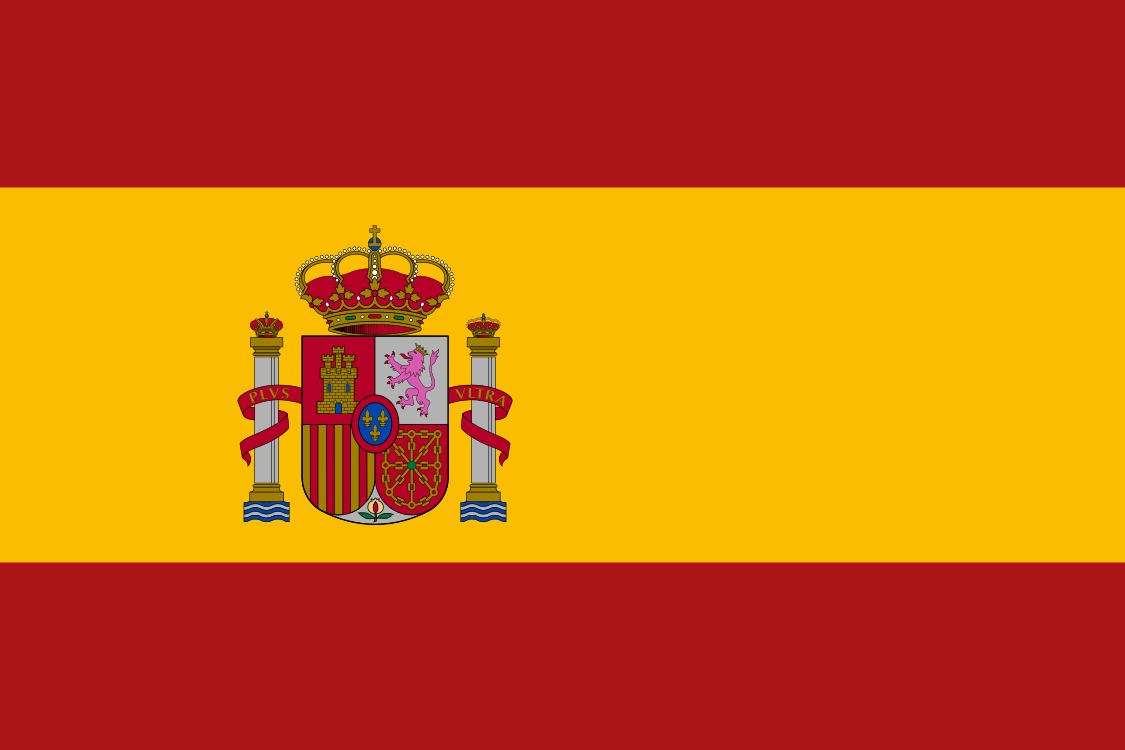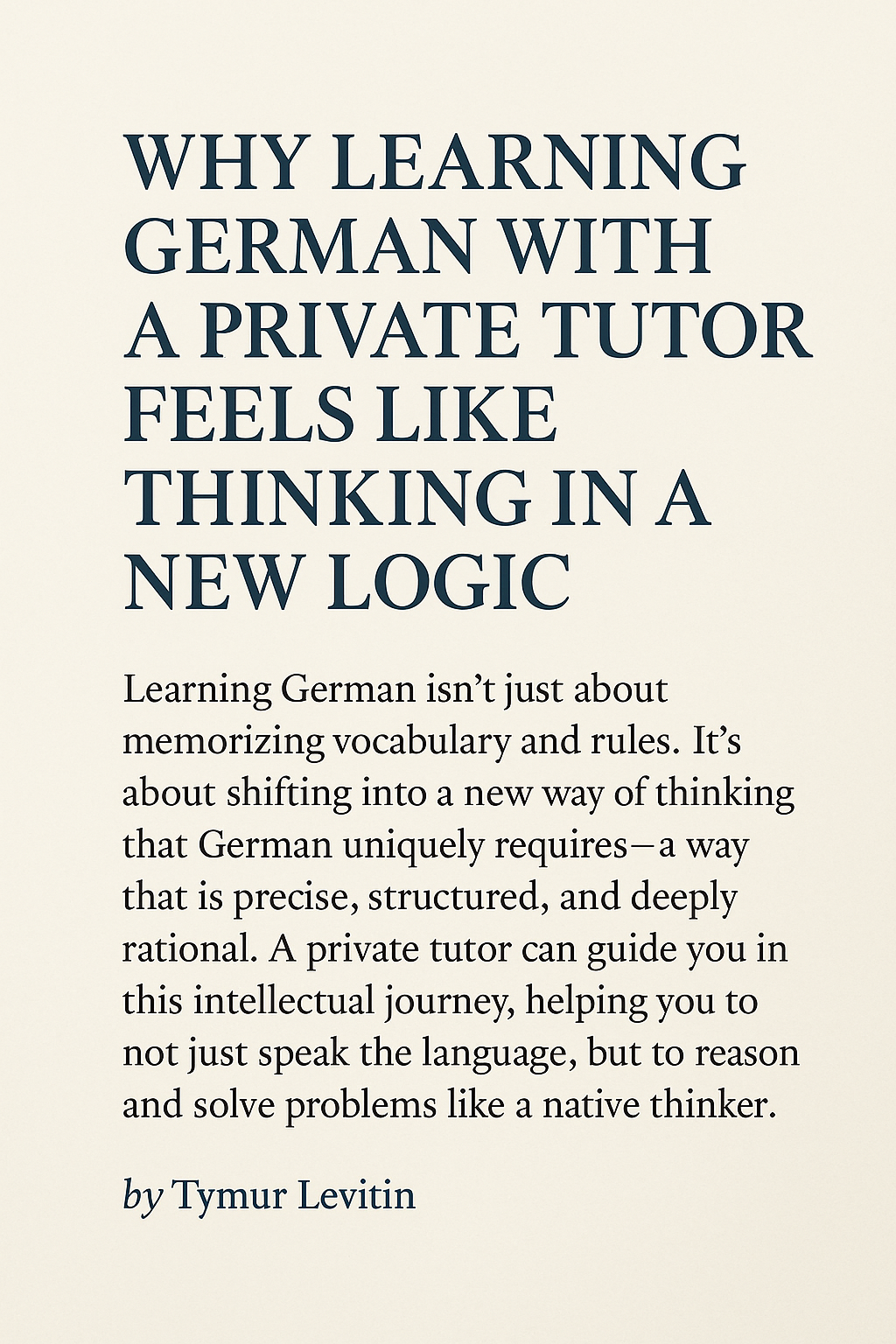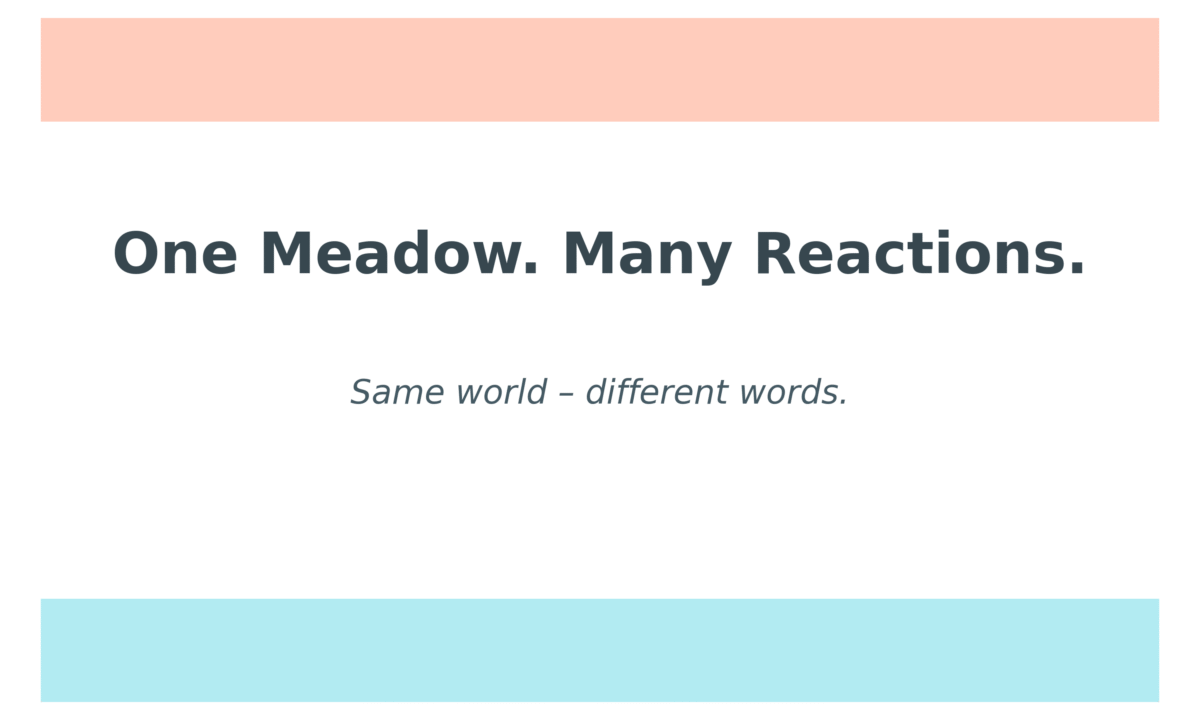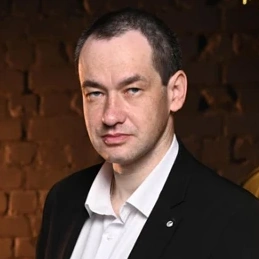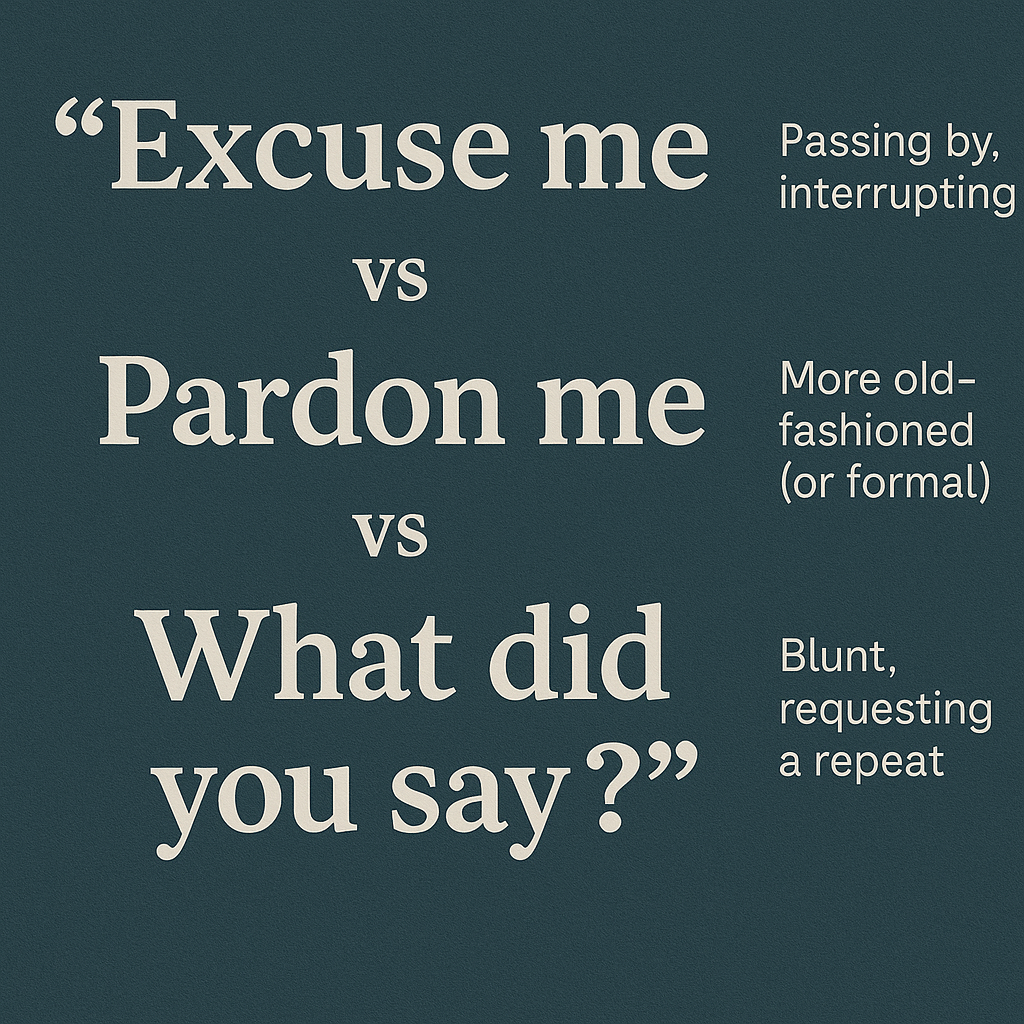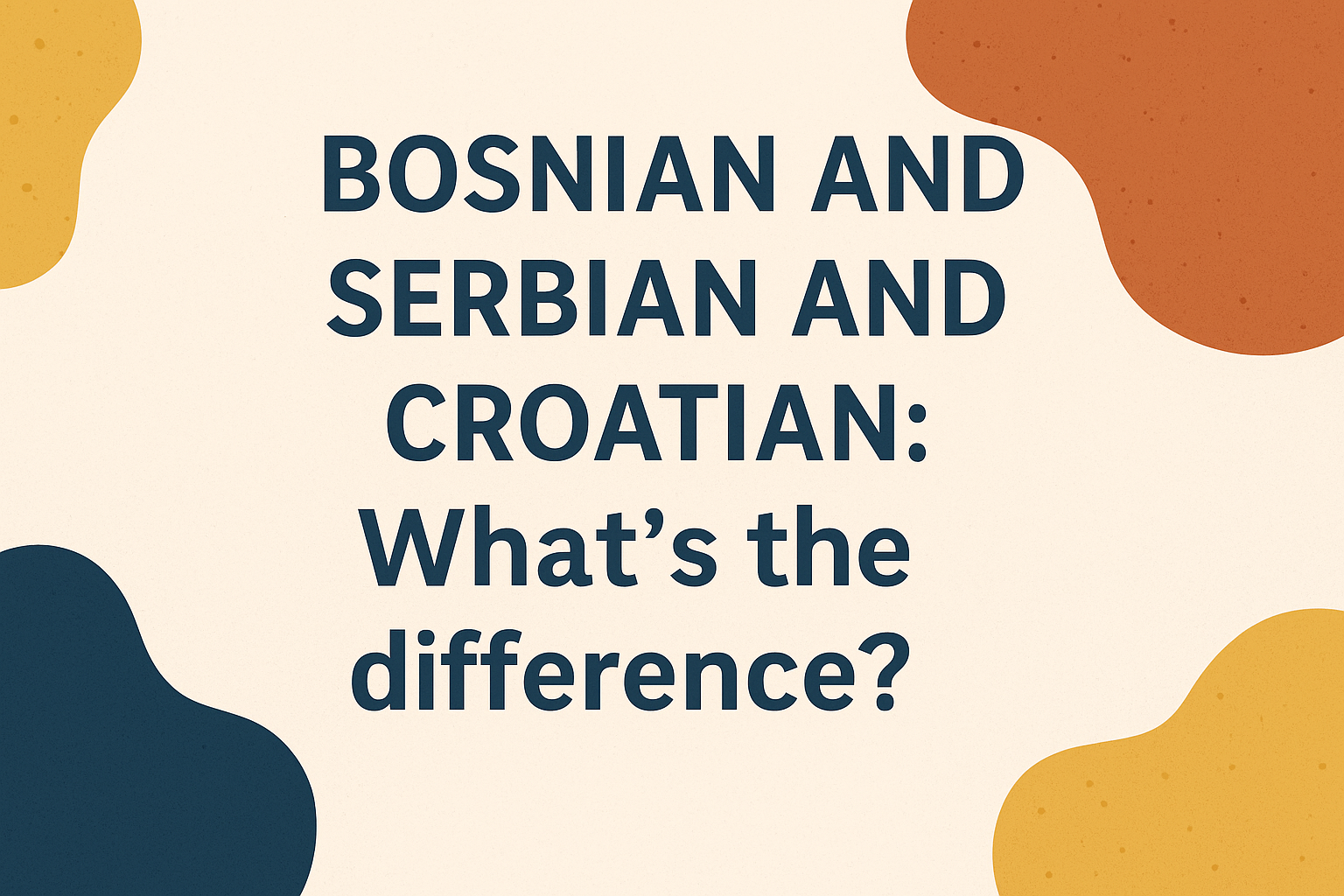Same world – different words.
Category: Author’s Column — Tymur Levitin on Language, Meaning, and Respect
What Do You See?
Imagine a peaceful clearing in the forest. A bright meadow. Green grass. Birds chirping. A shimmering lake. The scene is still, beautiful, complete.
Now imagine five people walk into this space, each speaking a different language.
They all pause.
They all take a breath.
And then they say something.
But not the same thing.
The Words We Choose Reflect the Worlds We Live In
Language isn’t just about grammar or vocabulary. It’s the lens through which we feel, perceive, and react. Even when people see the same picture, they speak about it differently. Sometimes out of habit. Sometimes out of emotion. Always shaped by language.
Here’s a playful but telling illustration:
English (US) – “Wow.” / “Beautiful!”
Short and expressive — American speech often favors impact over elaboration.
Francuski – “C’est magnifique…”
The melody matters. Aesthetics, elegance, and appreciation of beauty are always in focus.
Niemiecki – “Wunderschön.” / “Wahnsinn!”
Exactness mixed with strong emotion. Sometimes precise, sometimes explosive.
Polski – “Ale bajka!” / “O ja cie…”
Childlike wonder meets soft surprise. Full of subtle cultural warmth.
Neutral Slavic – “Вот это да…” / “Офигеть…”
Often ironic, layered, mixing admiration and shock. (The emotional palette matters more than the label.)
Ukraiński – “Краса яка!” / “Та нічого собі…”
Emotional and poetic. The language itself sings.
Hiszpański – “Qué hermoso…” / “Madre mía…”
Passionate, flowing, and rich with emotion.
Japoński – 「きれいですね。」 / 「すごい…」
Reserved, yet deeply respectful. Subtle, but full of meaning.
One scene. Many truths.
One Language, Many Voices
Now take just one language, like English or Ukrainian.
Ask a child, a teenager, and a grandparent to react to the same image.
You’ll hear:
– “Cool.”
– “Wow, this is so pretty!”
– “That reminds me of my childhood…”
Even within the same language — there are dialects, generations, social groups.
Every reaction is personal and coded in language.
Why This Matters in Language Learning
Przy Rozpoczęcie szkoły językowej przez Tymura Levitina, we don’t just teach you how to say words.
We teach you how to react, how to feel, how to express yourself in the language of the people you’re talking to.
Because translation isn’t just about meaning — it’s about emotion transfer.
And understanding a language means understanding:
– how surprise sounds,
– how praise is expressed,
– how humor is shaped,
– and how awe, beauty, or sarcasm find their way into everyday speech.
Final Thought — One Meadow. Many Realities
When a French speaker says “C’est magnifique”, and a Ukrainian says “Та краса яка!”, and a Slavic voice quietly mutters “Ну, ничего себе…”, they’re all responding to the same moment.
But they bring their language, culture, and soul into the sentence.
That’s what we teach.
Not just the word — but the world behind the word.
👉 Choose your language and start learning with a real teacher:
https://levitinlanguageschool.com/#languages
Read more from our blog:
→ Why We Don’t Promise You’ll Learn English in 30 Days
→ Girl, Baby, ‘Detka’: One Word – Two Worlds
→ From ‘Patsan’ to Man: How Language Shapes Male Identity
Author: Tymur Levitin
Founder, Director and Senior Teacher at Levitin Language School / Start Language School by Tymur Levitin
Certified translator and cross-linguistic educator with over 22 years of teaching experience.
© Tymur Levitin, Levitin Language School. All rights reserved.

